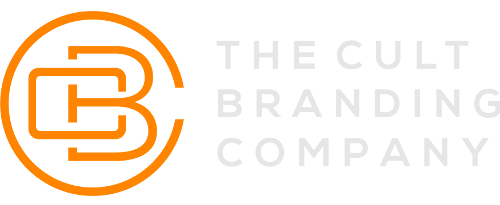How Selling the Right Mindset Can Grow Your Business
Let’s make a series of obvious statements: 1) Your customers are human beings. 2) Human beings share certain values. 3) Human beings, as customers, are attracted to businesses that share their values. Simply enough, isn’t it? Well, sort of. The challenge is not all humans value the same thing....

